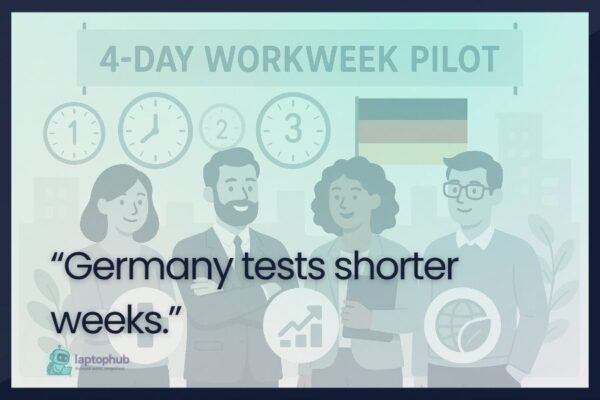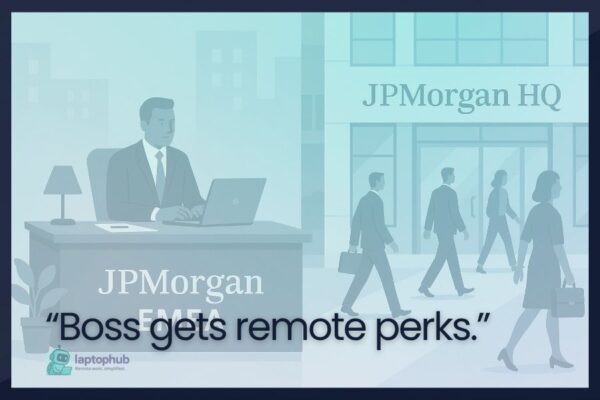Over the past three years, a growing number of U.S. counties and small cities have introduced relocation programs designed to lure remote workers. These efforts typically offer cash bonuses, housing stipends, coworking spaces, or lifestyle perks to digital professionals willing to move to smaller communities. The trend emerged post-pandemic, as remote work created new geographic freedoms for employees.
According to a recent analysis by Bloomberg, programs like those in Tulsa, Oklahoma (Tulsa Remote) and West Virginia (Ascend WV) have achieved measurable success, attracting hundreds or even thousands of participants. These locations saw a rise in new businesses, local spending, and civic engagement. However, similar initiatives in other areas—such as Topeka, Kansas or rural Colorado—have struggled with retention, limited infrastructure, and community pushback from locals wary of outsiders.
Key factors behind success or failure
The report points to a few critical variables: the quality of broadband infrastructure, housing availability, affordability, and how well newcomers are integrated into the social and economic fabric of the community. In places where remote workers feel isolated or where housing becomes scarce, retention rates drop. In contrast, programs that focus on community-building, provide startup support, and maintain reasonable cost-of-living conditions tend to do better.
What this means for the future of remote relocation programs
As the remote work era continues to evolve, policymakers are rethinking how they approach these programs. Simply offering money isn’t enough. Experts suggest future success will depend on blending remote work incentives with longer-term investment in housing, local businesses, and civic integration. Without that, these programs risk becoming short-term population spikes with little lasting value.
Read our editorial guidelines to learn how we report news on LaptopHub.





